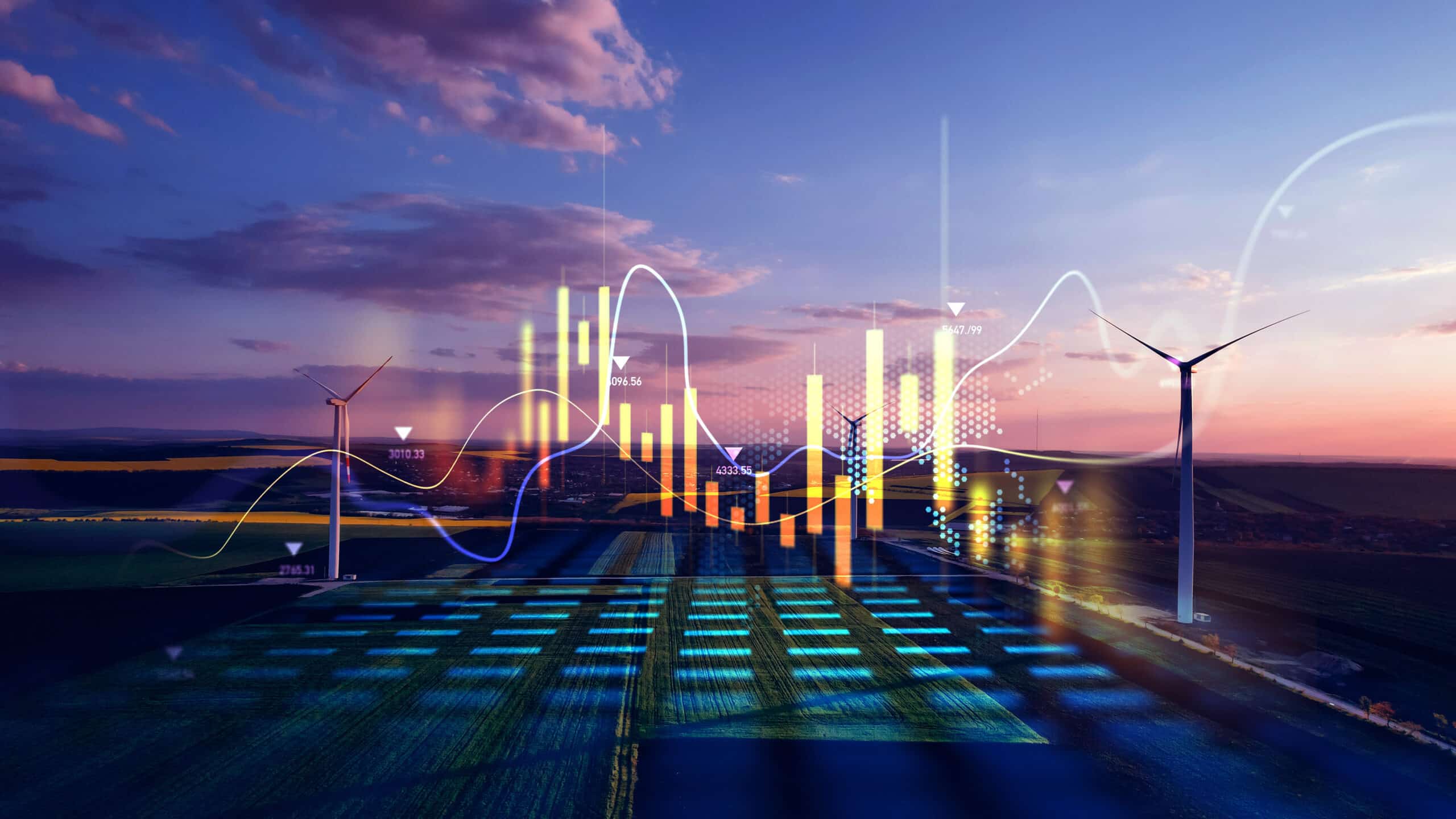
The RystadEnergy “Global Energy Scenarios 2025 – The Next Energy Era“ report outlines multiple pathways for the global energy system through 2100, including a newly developed NDC (Nationally Determined Contributions) scenario to 2035. RystadEnergy Key findings:
Clean electricity and electrification are expanding rapidly, with renewables increasing their share of primary energy from ~9% in 2015 to over 14% in 2024.
The report projects global CO₂ emissions peaking around 2026 and then gradually declining—helped by high renewable growth and EV adoption—but current policy is insufficient to achieve a 1.5 °C warming trajectory.
Fossil fuels (oil and gas) are expected to remain significant through 2040: oil demand may peak in the early 2030s, while gas growth slows. Renewables will outpace new fossil fuel growth but won’t eliminate their dominance quickly.
Investment patterns are shifting: low-carbon technologies now attract more investment than fossil fuels. By 2030, low-carbon sources could account for ~46% of global energy investment, with fossil fuels at ~30%.
To limit warming to ~1.6 °C or lower, three major steps are needed: (1) cleaning up and growing the power sector, (2) electrification across transport, buildings, industry, and (3) addressing residual emissions through carbon capture or low-carbon fuels—though those have limited near-term impact.
In short, the report signals we are entering a new energy era, driven by renewables and electrification, but still constrained by the inertia of fossil fuels and current policy weaknesses.
Read more here.



